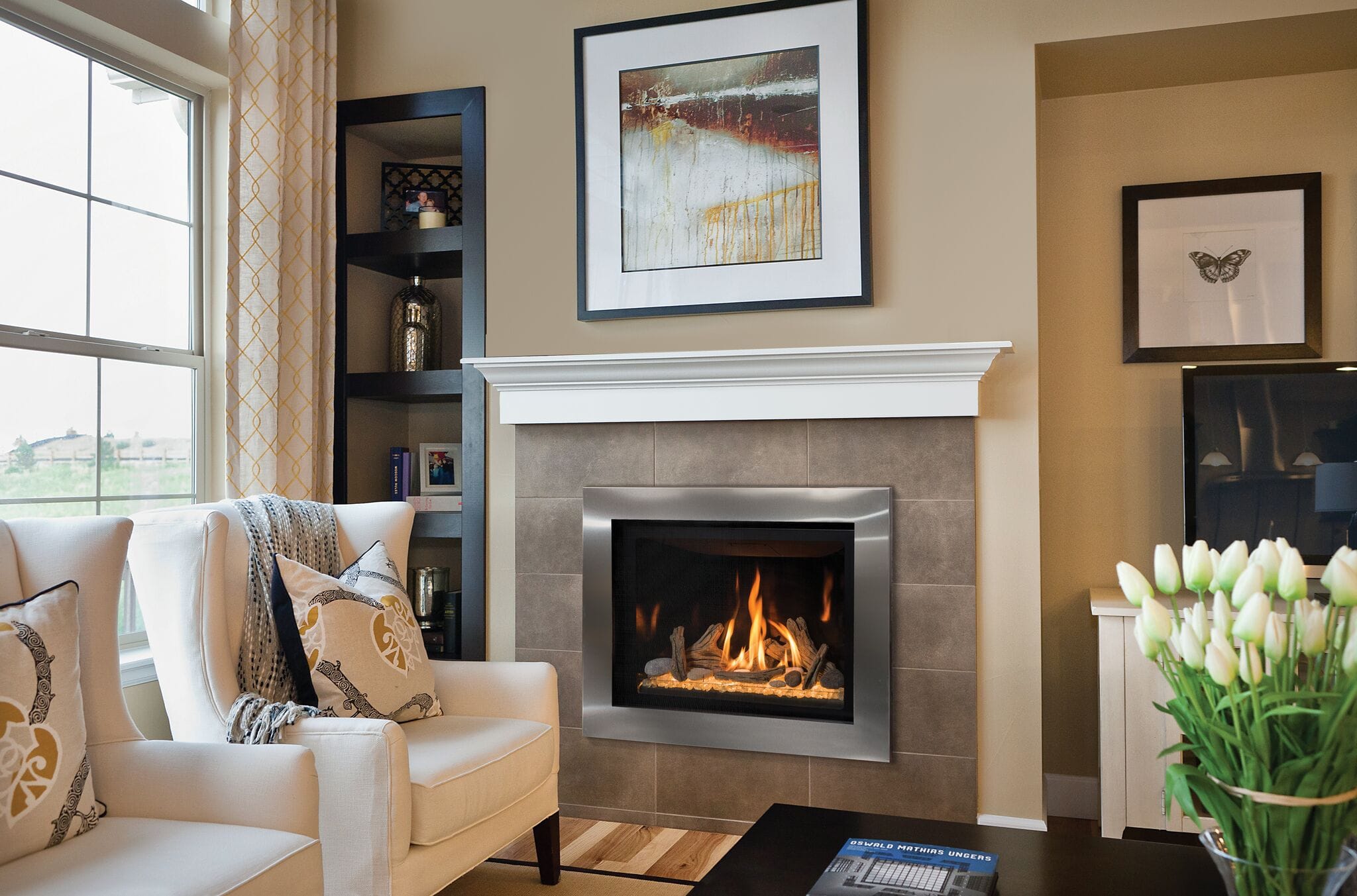

Articles
How Does A Gas Fireplace Work
Modified: February 24, 2024
Discover how gas fireplaces work with our informative articles. Learn about the mechanism behind these cozy heating appliances and find answers to your burning questions.
(Many of the links in this article redirect to a specific reviewed product. Your purchase of these products through affiliate links helps to generate commission for Storables.com, at no extra cost. Learn more)
Introduction
A gas fireplace is a popular choice for homeowners who want to enjoy the warmth and ambiance of a traditional fireplace without the hassle of wood burning. It provides a convenient and efficient heating solution for any home, whether it’s a cozy apartment or a spacious house. In this article, we will explore how a gas fireplace works and the various components that make it function.
Unlike wood-burning fireplaces that require constant maintenance and cleaning, a gas fireplace is much easier to operate and maintain. It provides consistent heat and is environmentally friendly, as it produces fewer harmful emissions compared to burning wood. Additionally, a gas fireplace offers the convenience of instant ignition and precise temperature control, allowing you to enjoy a warm and cozy atmosphere at the touch of a button.
Let’s dive into the details and understand the various components that make a gas fireplace function effectively.
Key Takeaways:
- Enjoy the convenience and efficiency of a gas fireplace, with instant ignition, precise temperature control, and low maintenance. Its clean-burning efficiency and safety features make it a desirable heating option for any home.
- Embrace the warmth and ambiance of a gas fireplace with its versatile design options and easy operation. Follow maintenance and safety tips to ensure a seamless and enjoyable experience, creating a welcoming focal point in your home.
Read more: Why Is My Gas Fireplace Not Working
Components of a Gas Fireplace
A gas fireplace consists of several key components that work together to create the comforting warmth and realistic flames. Understanding these components will give you a better appreciation for how a gas fireplace operates. Here are the main components:
- Gas Supply and Control: This is the heart of the gas fireplace. It includes a gas line that connects to your home’s natural gas or propane supply. The gas flow is controlled by a valve, which allows you to regulate the flame height and intensity.
- Ignition System: The ignition system is responsible for starting the gas fireplace. There are two main types of ignition systems: the pilot light and electronic ignition. The pilot light is a small, continuously burning flame that ignites the gas whenever you want to start the fireplace. Electronic ignition, on the other hand, uses a spark or hot surface igniter to light the gas directly.
- Burner Assembly: The burner assembly is where the gas is burned to produce flames. It consists of a series of gas ports or tubes that distribute the gas evenly across the burner. The size and shape of the burner assembly determine the size and appearance of the flames.
- Venting System: A gas fireplace requires a venting system to safely remove the combustion byproducts. There are two types of venting systems: direct vent and ventless. Direct vent fireplaces have a dedicated vent pipe that draws in fresh air for combustion and expels the exhaust gases outside. Ventless fireplaces, also known as vent-free fireplaces, do not require a vent and instead use a catalytic converter to clean and recirculate the combustion byproducts into the room.
- Control Panel: The control panel is where you can adjust the settings of your gas fireplace. It typically includes buttons or knobs to control the flame height, temperature, and other features such as a timer or remote control capability.
These components work seamlessly together to provide you with a fuss-free way to enjoy the comforting glow and warmth of a gas fireplace in your home. In the next section, we’ll explore how a gas fireplace operates, from ignition to flame control.
Gas Supply and Control
The gas supply and control system is a crucial component of a gas fireplace that ensures the safe and efficient operation of the appliance. It involves the connection of the fireplace to a natural gas or propane supply and the ability to regulate the gas flow. Let’s take a closer look at how this system works.
When installing a gas fireplace, a licensed professional will connect it to the existing gas line in your home. The gas line delivers the fuel, either natural gas or propane, to the fireplace. Natural gas is a common fuel source for gas fireplaces in areas with access to a natural gas line. Propane, on the other hand, is typically used in areas where natural gas is not available. Both types of fuel provide clean-burning and efficient heat.
The gas flow to the fireplace is controlled by a valve, which is often located near the fireplace or in a concealed location. The valve allows you to turn the gas supply on or off and adjust the flame height. Some valves may have additional features such as a thermostat or a remote control for convenient operation.
It is important to ensure that the gas supply and control system is properly installed and maintained. A professional installer will make sure that all connections are secure and that any fittings or joints are leak-proof. Regular maintenance checks will help identify and address any potential issues with the gas supply or control system.
Additionally, it is recommended to have a carbon monoxide detector installed near your gas fireplace to ensure the safety of your home. Carbon monoxide is a colorless, odorless gas that can be produced by incomplete combustion. While gas fireplaces are designed to have clean combustion, it is always better to take precautions to prevent potential carbon monoxide exposure.
In summary, the gas supply and control system of a gas fireplace allows for the safe and efficient operation of the appliance. With proper installation and regular maintenance, you can enjoy the warmth and beauty of your gas fireplace with peace of mind.
Ignition System
The ignition system of a gas fireplace is responsible for starting the fire and ensuring a consistent and reliable flame. There are two main types of ignition systems used in gas fireplaces: pilot light ignition and electronic ignition.
Pilot Light Ignition: In the pilot light ignition system, a small flame called the pilot light is continuously burning. When you turn on the gas fireplace, the pilot light ignites the main burner. The pilot light is typically lit manually, either by a match or a built-in igniter. Once lit, it remains burning as long as the gas supply is on, allowing for quick and easy ignition of the main burner when desired.
Electronic Ignition: Electronic ignition systems are becoming increasingly popular in gas fireplaces. Instead of a continuously burning pilot light, an electronic ignition system uses either a spark igniter or a hot surface igniter to directly ignite the gas when the fireplace is turned on. When you activate the fireplace, an electrical current is sent to the ignition system, creating a spark or heating up the hot surface igniter, which serves as the ignition source for the gas.
Electronic ignition systems are more energy-efficient than pilot light ignition systems since they only use electricity when the fireplace is being turned on. They also eliminate the need for a pilot light, which can save on fuel costs. Additionally, electronic ignition systems can be controlled with a wall switch, remote control, or thermostat for convenient operation.
It’s important to note that some gas fireplaces may have a pilot light ignition system with a safety feature called a thermocouple or thermopile. These devices generate an electrical current when heated by the pilot light, which keeps the gas valve open. If the pilot light goes out, the lack of current causes the gas valve to close, preventing gas from flowing into the fireplace. This ensures that gas is only present when there is a reliable flame.
Ignition system maintenance is essential to ensure the reliable operation of a gas fireplace. Regular inspection and cleaning of the ignition components, such as the pilot light or the spark igniter, will help prevent issues with ignition and ensure proper functioning of the gas fireplace.
In summary, the ignition system of a gas fireplace is responsible for starting the fire. Whether using a pilot light or electronic ignition, these systems provide a convenient and efficient way to ignite the main burner and enjoy the warmth and ambiance of a gas fireplace.
Burner Assembly
The burner assembly is a vital component of a gas fireplace that is responsible for creating the flames and distributing the heat throughout the room. It consists of several key elements that work together to produce a realistic and beautiful fire. Let’s explore the details of the burner assembly.
The main components of a burner assembly include the burner itself, the gas ports or tubes, and the flame spreader. The burner is designed to distribute the gas evenly and provide the foundation for the flames. It is typically made of durable materials such as stainless steel or cast iron to withstand the high temperatures generated by the combustion process.
The gas ports or tubes are strategically placed along the length of the burner. These ports allow the gas to flow out and mix with the surrounding air for complete combustion. The size and spacing of the ports determine the size and distribution of the flames. The design of the burner and gas ports can vary depending on the desired flame pattern, such as a realistic wood-like fire or a modern ribbon flame.
To enhance the realism of the flames, a flame spreader is often incorporated into the burner assembly. The flame spreader helps to distribute the flames evenly across the burner and creates a natural-looking flickering effect. It also assists in redirecting heat and improving energy efficiency by maximizing the contact between the flames and the surrounding ceramic logs or firebox.
In addition to the burner assembly, some gas fireplaces may include additional features such as decorative embers or ceramic logs. These elements are designed to enhance the visual appeal and mimic the appearance of a traditional wood-burning fireplace.
When operating a gas fireplace, it’s important to ensure that the burner assembly is clean and free from debris or obstructions. Regular maintenance, such as cleaning the gas ports or tubes, will help maintain optimal flame performance and efficiency.
The burner assembly plays a crucial role in creating a warm and inviting atmosphere in your home. Whether you prefer a traditional or contemporary look, a well-designed burner assembly can provide you with the mesmerizing flames and soothing heat of a gas fireplace.
When using a gas fireplace, always ensure that the pilot light is lit and the gas supply is turned on before attempting to ignite the fireplace. This will ensure safe and efficient operation.
Read more: How Does Fireplace Work
Venting System
The venting system is an essential component of a gas fireplace that ensures the safe and efficient operation of the appliance. It is responsible for the proper venting of combustion byproducts, such as carbon monoxide and other gases, out of your home. Let’s explore the different types of venting systems used in gas fireplaces.
1. Direct Vent: A direct vent system is the most common type of venting used in gas fireplaces. It consists of a dedicated vent pipe that connects directly to the fireplace. The vent pipe serves two purposes – one pipe brings in outside air for combustion, while the other pipe exhausts the combustion byproducts outside. This design ensures that there is no exchange of air between the combustion process and your indoor living space. Direct vent fireplaces are highly efficient and provide a safe and clean operating environment.
2. Ventless (Vent-Free): Ventless gas fireplaces, as the name implies, do not require a venting system. Instead, they use a catalytic converter or advanced combustion technology to clean and recirculate the combustion byproducts back into the room. Ventless fireplaces are designed to burn fuel efficiently and produce minimal emissions. However, it’s important to note that some regions or building codes may not allow the installation of ventless fireplaces due to concerns about indoor air quality and safety. Consult with a professional to determine if a ventless fireplace is suitable for your area.
When it comes to venting system installation, it’s essential to follow manufacturer’s instructions and local building codes. It’s recommended to have the venting system professionally installed to ensure proper alignment, sealing, and adherence to safety regulations. Regular maintenance, such as inspecting and cleaning the vent pipe, is crucial to ensure the free flow of exhaust gases and prevent blockages.
Lastly, it’s worth mentioning that gas fireplaces produce less pollution and emissions compared to wood-burning fireplaces. However, it’s still important to have a carbon monoxide detector installed near the gas fireplace as an additional safety precaution. Carbon monoxide is a colorless and odorless gas that can be produced by incomplete combustion, and having a detector can provide early warning signs of any potential issues.
In summary, the venting system of a gas fireplace is responsible for the safe and efficient removal of combustion byproducts. Whether you have a direct vent or ventless fireplace, proper installation and maintenance of the venting system are critical to ensure the smooth operation of your gas fireplace.
Operation of a Gas Fireplace
Operating a gas fireplace is a simple and convenient process that allows you to enjoy the warmth and ambiance it provides. Here’s a step-by-step guide on how to operate a gas fireplace:
- Gas Supply: Ensure that the gas supply to the fireplace is turned on. If you have a manual gas valve, make sure it is in the “on” position. If you have a remote control or wall switch, follow the manufacturer’s instructions to activate the gas supply.
- Ignition: Depending on the type of ignition system, follow the appropriate method to ignite the gas fireplace. If you have a pilot light ignition system, use a match or the built-in igniter to light the pilot light. If you have an electronic ignition system, use the wall switch, remote control, or thermostat to activate the fireplace, and the ignition system will provide the spark or heat to light the gas directly.
- Flame Adjustment: Once the fireplace is ignited, you can adjust the flame height and intensity according to your preference. Most gas fireplaces have a dial, knob, or button that allows you to control the flame. Turn it clockwise to increase the flame height and counterclockwise to decrease it. Some fireplaces may also have a thermostat feature, allowing you to set and maintain a specific temperature.
- Enjoying the Fireplace: Sit back, relax, and enjoy the warmth and ambiance of your gas fireplace. These fireplaces are designed to provide consistent heat, so you can enjoy the cozy atmosphere without the need for constant tending or adding more fuel.
- Turning Off the Fireplace: When you’re ready to turn off the fireplace, simply reverse the steps. If you have a pilot light ignition system, use the control knob or switch to turn off the flame. If you have an electronic ignition system, use the wall switch or remote control to deactivate the fireplace.
It’s important to remember some safety precautions when operating a gas fireplace. Never leave the fireplace unattended, especially when young children or pets are present. Ensure that any flammable materials are kept at a safe distance from the fireplace. Additionally, it’s recommended to have the fireplace and its components inspected regularly by a qualified technician to ensure its safe and efficient operation.
By following these guidelines, you can easily operate your gas fireplace and enjoy its comforting warmth and beautiful flames whenever you desire.
Advantages of a Gas Fireplace
A gas fireplace offers numerous advantages compared to traditional wood-burning fireplaces or other heating alternatives. Here are some key benefits of owning a gas fireplace:
- Convenience: One of the main advantages of a gas fireplace is the convenience it offers. With the push of a button or the flip of a switch, you can instantly ignite and control the flames. There is no need to gather firewood, clean up ashes, or deal with the hassle of starting and maintaining a fire.
- Easy Operation: Operating a gas fireplace is simple and user-friendly. You can control the flame height and intensity, as well as the heating output, with the use of a dial, knob, or remote control. Some models even offer programmable features and thermostatic control for customized heating.
- Efficiency and Energy Savings: Gas fireplaces are highly efficient in terms of energy consumption and heat output. They provide instant heat, with a high efficiency rating that ensures minimal heat loss. This increased efficiency translates into energy savings and lower heating bills compared to wood-burning fireplaces or other heating systems.
- Clean and Eco-Friendly: Gas fireplaces produce fewer emissions and pollutants compared to wood-burning fireplaces. They burn clean and efficiently, reducing the release of particulate matter, smoke, and harmful gases into the environment. This makes them a more environmentally friendly heating option.
- Safe and Reliable: Gas fireplaces are designed with safety in mind. They have built-in safety features such as oxygen depletion sensors (ODS) that automatically shut off the fireplace if oxygen levels drop too low. Additionally, there is no risk of sparks, flying embers, or chimney fires associated with traditional fireplaces.
- Versatile Design Options: Gas fireplaces come in a wide range of designs and styles to suit different aesthetic preferences and home decors. From traditional and rustic to modern and sleek, there is a gas fireplace design that can enhance the look and feel of any living space.
Whether you’re seeking warmth, convenience, energy efficiency, or aesthetic appeal, a gas fireplace offers a multitude of advantages. It combines the cozy ambiance of a real flame with the convenience and efficiency of modern heating technology, making it an excellent choice for homeowners looking to enhance their living spaces.
Maintenance and Safety Tips
Proper maintenance and adherence to safety guidelines are crucial for the safe and efficient operation of a gas fireplace. Here are some essential maintenance and safety tips to keep in mind:
- Regular Cleaning: Clean the glass door or front panel of the fireplace regularly to remove any buildup of dirt, dust, or soot. Use a non-abrasive cleaner and a soft cloth to avoid scratching the surface. Additionally, clean the gas logs or firebox according to the manufacturer’s instructions.
- Inspect for Damage: Periodically inspect the gas fireplace for any signs of damage or wear, such as cracks in the glass or deterioration of the seals. If you notice any issues, contact a qualified technician to assess and repair the fireplace.
- Professional Inspection: Schedule an annual inspection by a qualified technician to ensure that your gas fireplace is properly maintained. The technician will check for gas leaks, test the ignition system, clean the burner assembly, and ensure that all components are in good working order.
- Clear the Venting System: Check the venting system regularly to ensure it is free from any obstructions or debris. Remove any blockages, such as bird nests or leaves, that may inhibit the proper flow of exhaust gases. Consult a professional if you encounter any issues or if you are unsure how to clean the venting system.
- Carbon Monoxide Detectors: Install carbon monoxide detectors near the gas fireplace and elsewhere in your home. These detectors can provide early warning signs of any potential carbon monoxide leaks. Regularly test the detectors and replace the batteries as needed.
- Keep Flammable Materials Clear: Ensure that flammable materials such as curtains, furniture, and decorations are kept a safe distance away from the gas fireplace. Maintain a clearance of at least three feet around the fireplace to prevent the risk of fire.
- Childproofing: If you have young children or pets, consider installing a safety gate or guard around the fireplace to prevent accidental contact with the hot surfaces. Keep remote controls and switches out of reach of children to avoid any tampering.
- Follow Manufacturer’s Instructions: Always refer to the manufacturer’s instructions and guidelines for your specific gas fireplace model. Follow their recommendations regarding operation, maintenance, and any special considerations to ensure safe and proper usage.
By following these maintenance and safety tips, you can ensure that your gas fireplace operates smoothly, efficiently, and safely. Regular maintenance and professional inspections are key to maintaining the longevity, performance, and safety of your gas fireplace.
Read more: How Does Electric Fireplace Work
Conclusion
A gas fireplace offers a convenient, efficient, and aesthetically pleasing way to enjoy the warmth and ambiance of a fire in your home. With easy operation and low maintenance requirements, it’s no wonder that gas fireplaces have become increasingly popular among homeowners.
In this article, we’ve explored the various components that make up a gas fireplace, including the gas supply and control, ignition system, burner assembly, and venting system. We’ve also discussed how to operate a gas fireplace and highlighted the advantages it offers, such as convenience, energy savings, and clean-burning efficiency.
Additionally, we provided maintenance and safety tips to ensure the proper functioning and safe operation of your gas fireplace. Regular cleaning, professional inspections, and adherence to safety guidelines are essential to maintain the longevity, efficiency, and safety of your fireplace.
Whether you’re enjoying a cozy evening at home or looking to enhance the visual appeal of your living space, a gas fireplace provides warmth, comfort, and style. Its ease of use, energy efficiency, and low environmental impact make it a desirable heating option for homeowners.
Remember, always consult the manufacturer’s instructions and seek professional assistance when needed to ensure a seamless and enjoyable experience with your gas fireplace. By following the guidelines outlined in this article, you can create a welcoming and breathtaking focal point in your home while reaping the many benefits that a gas fireplace has to offer.
Frequently Asked Questions about How Does A Gas Fireplace Work
Was this page helpful?
At Storables.com, we guarantee accurate and reliable information. Our content, validated by Expert Board Contributors, is crafted following stringent Editorial Policies. We're committed to providing you with well-researched, expert-backed insights for all your informational needs.

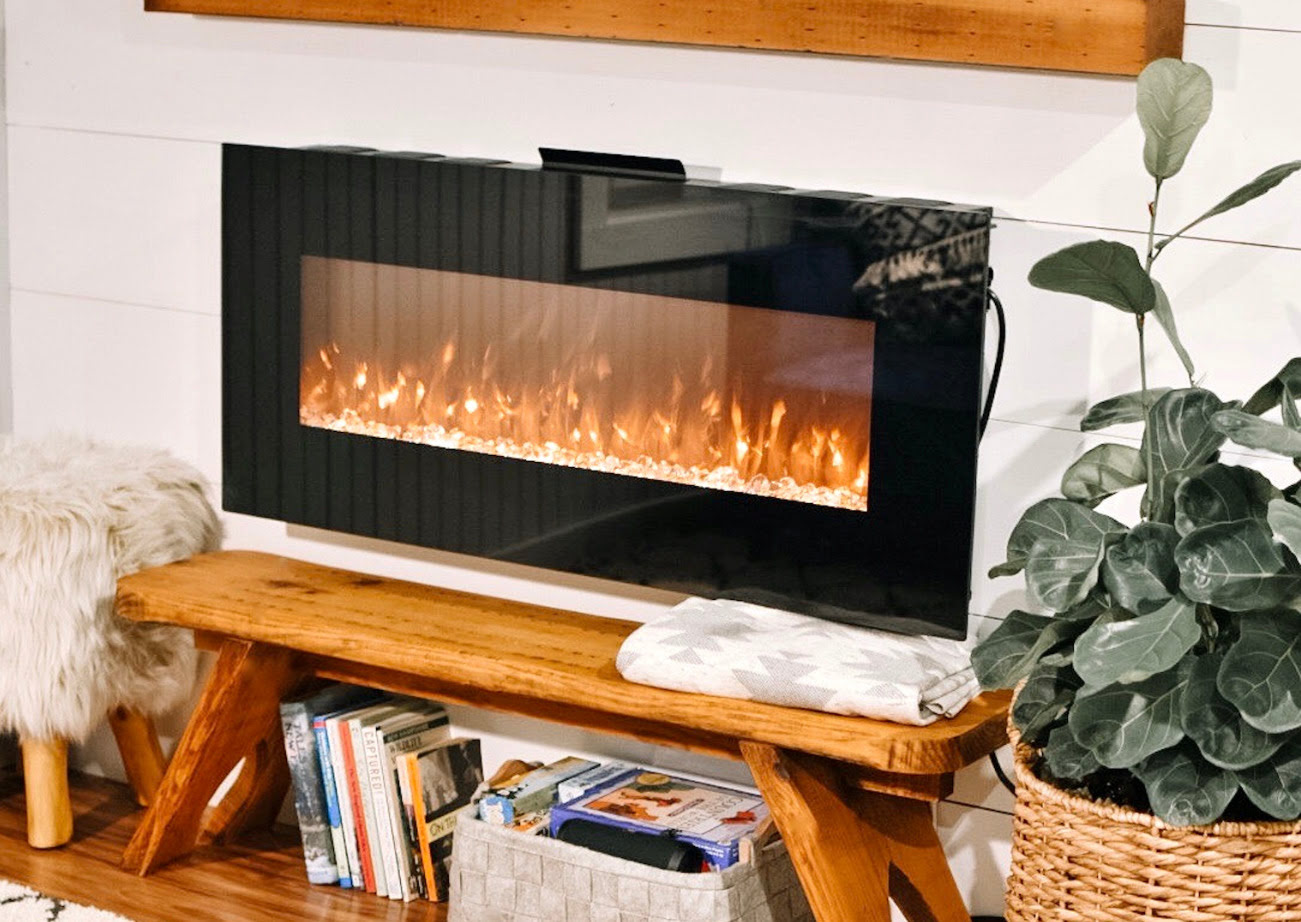
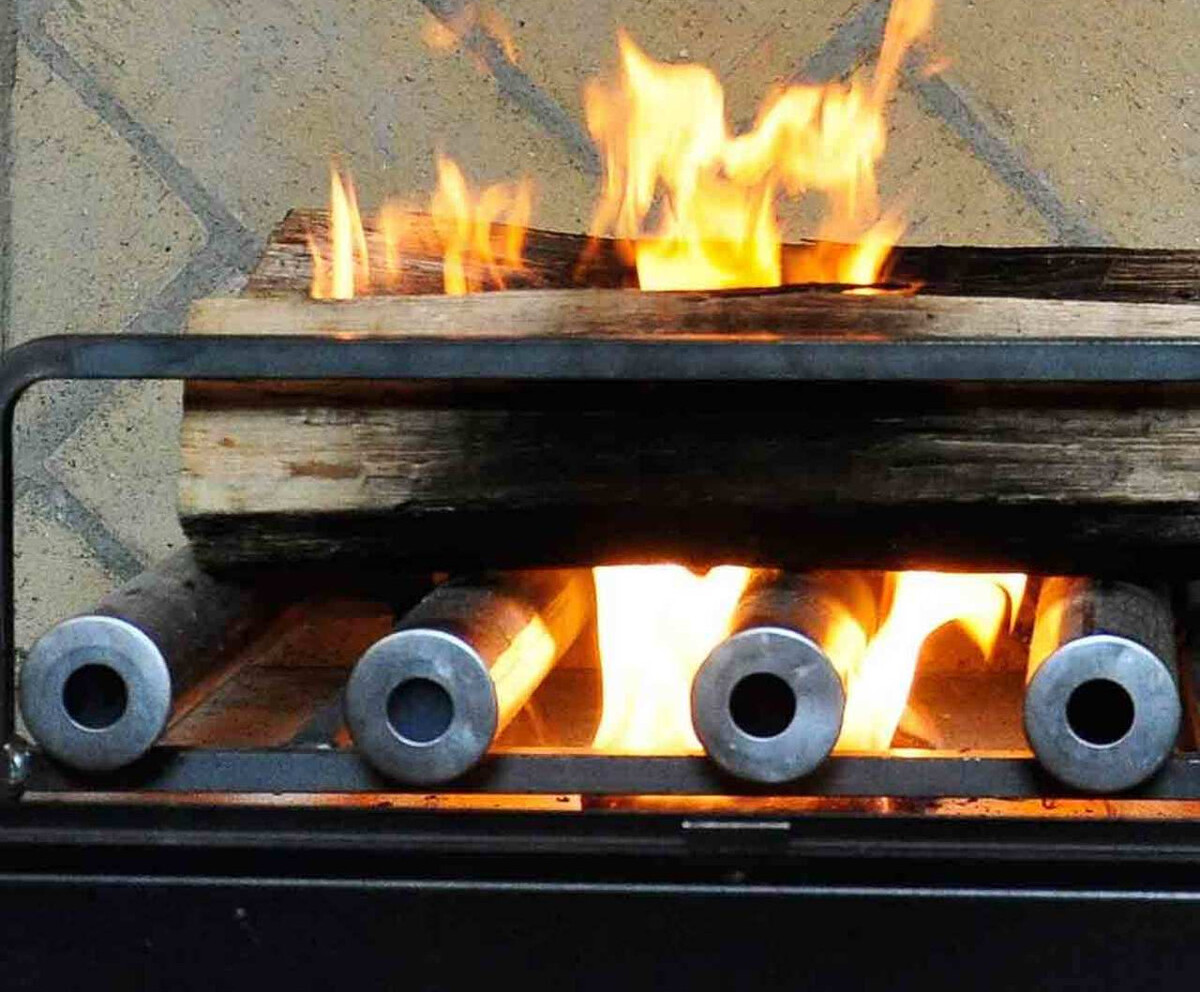
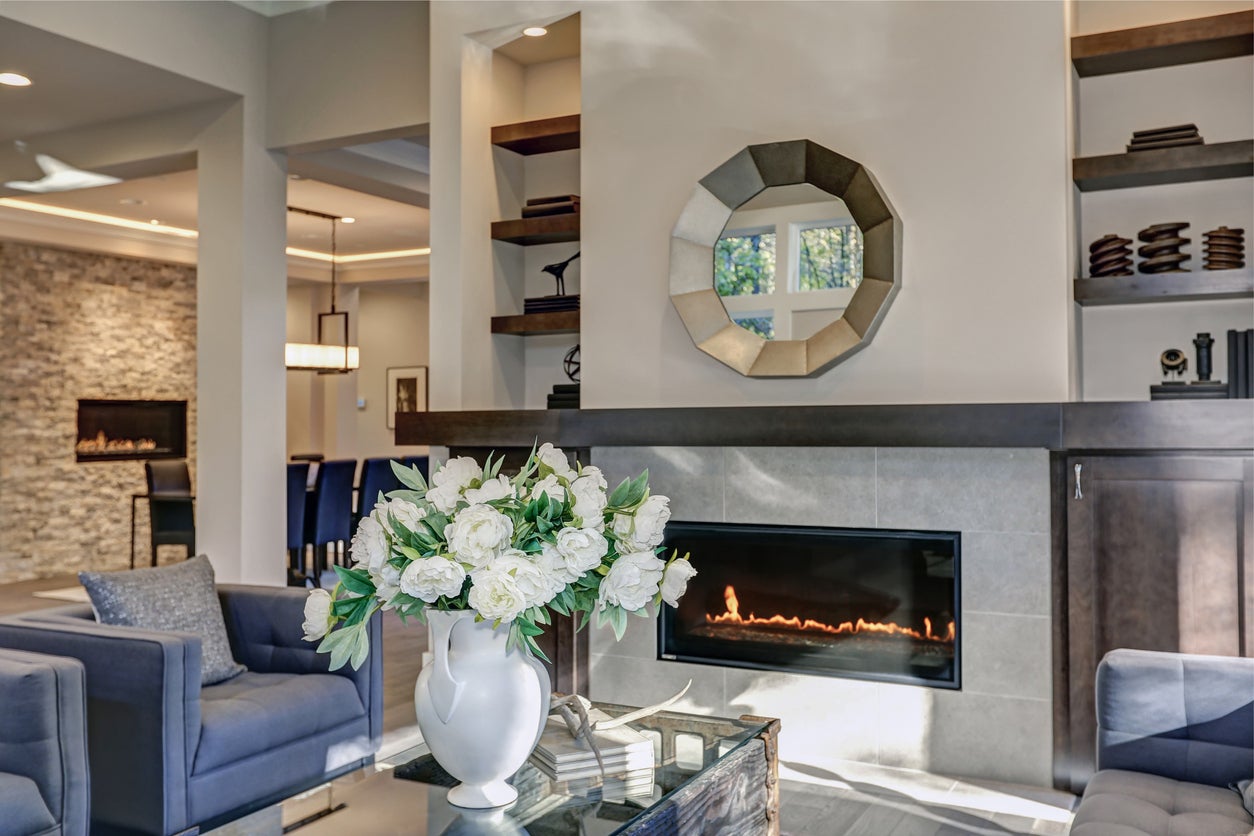
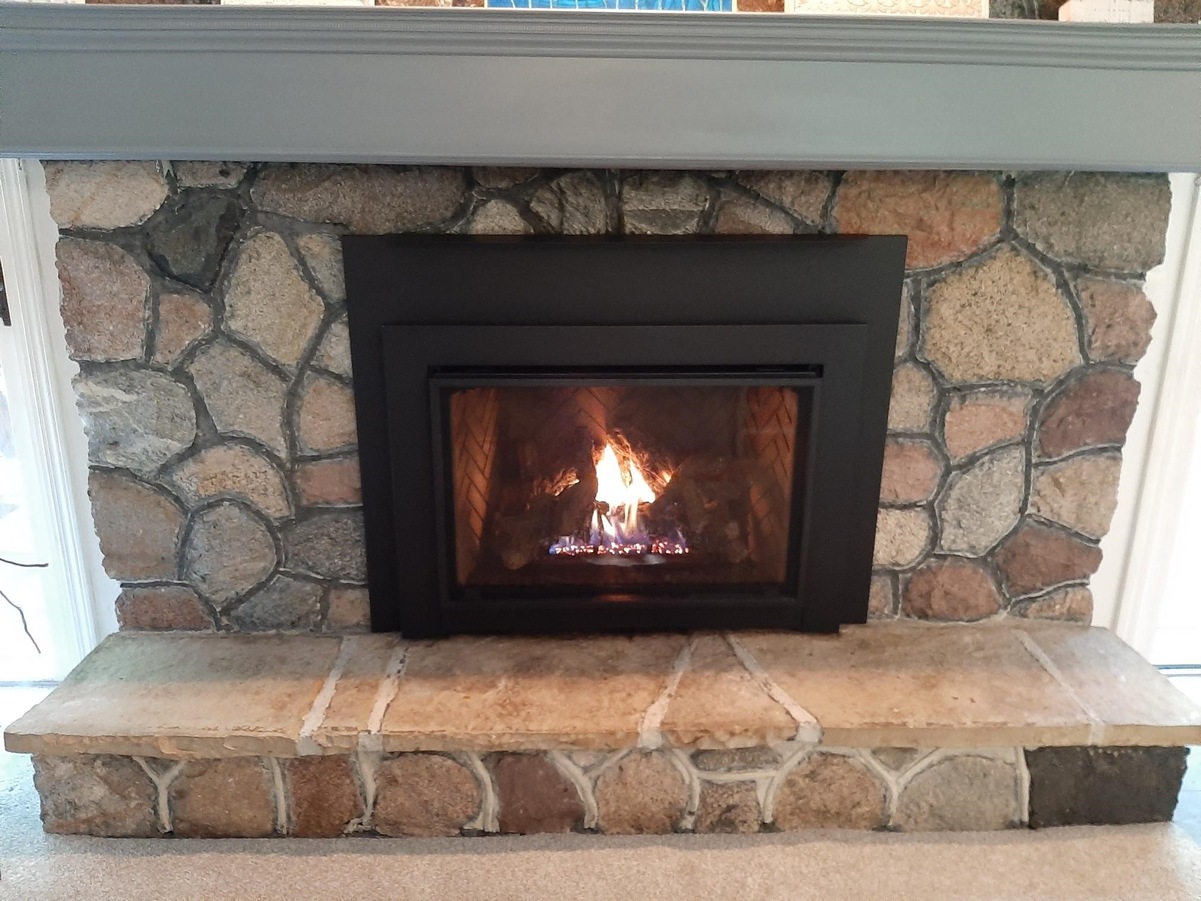
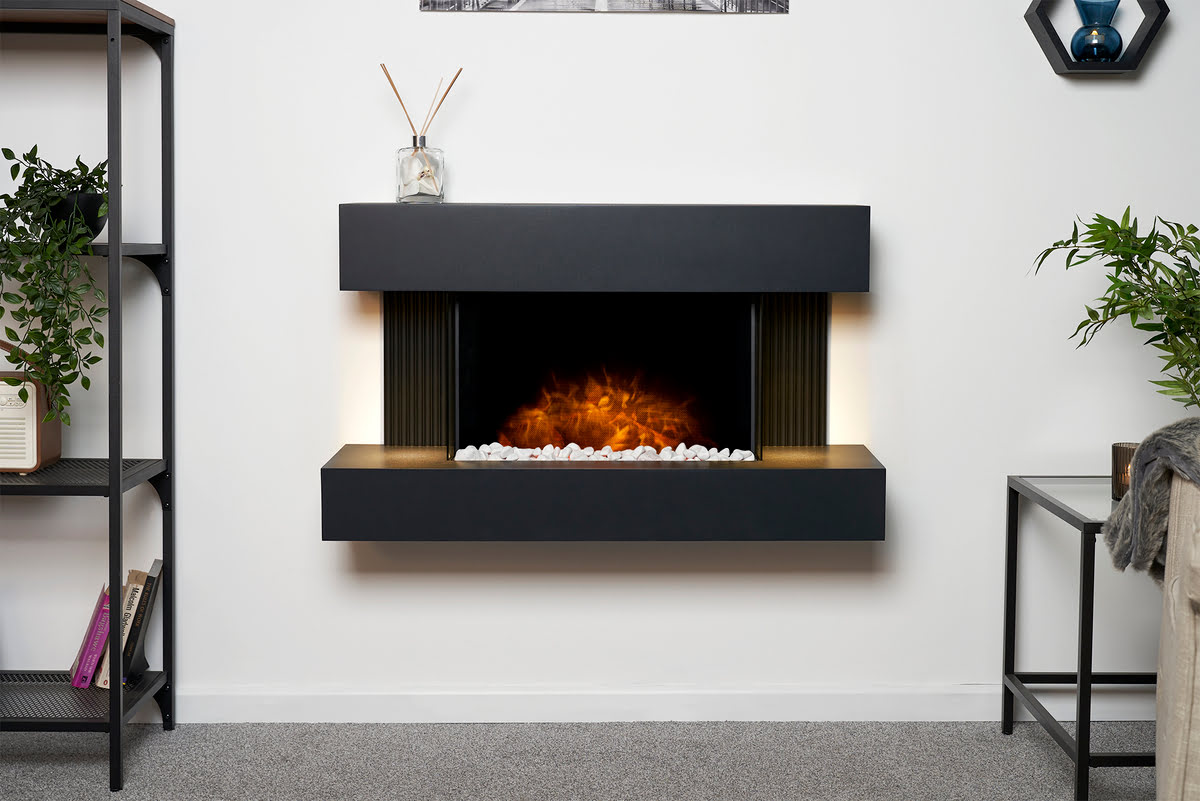
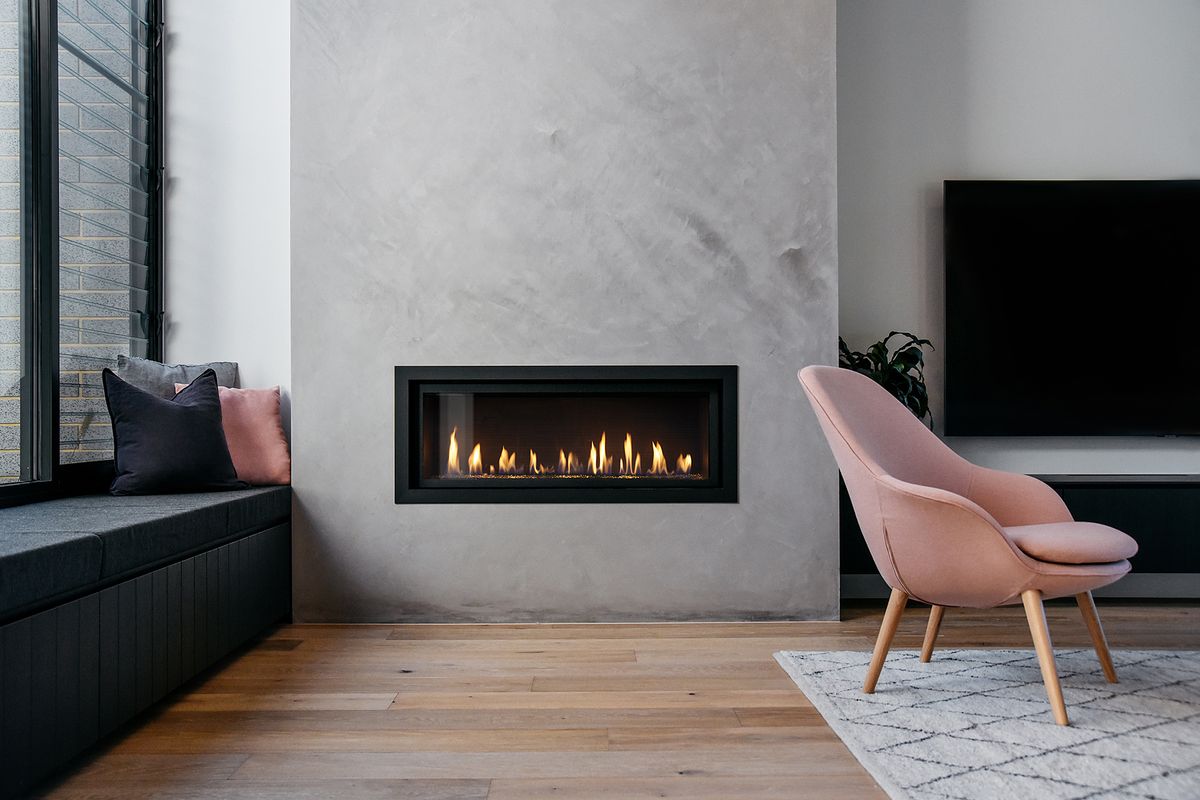
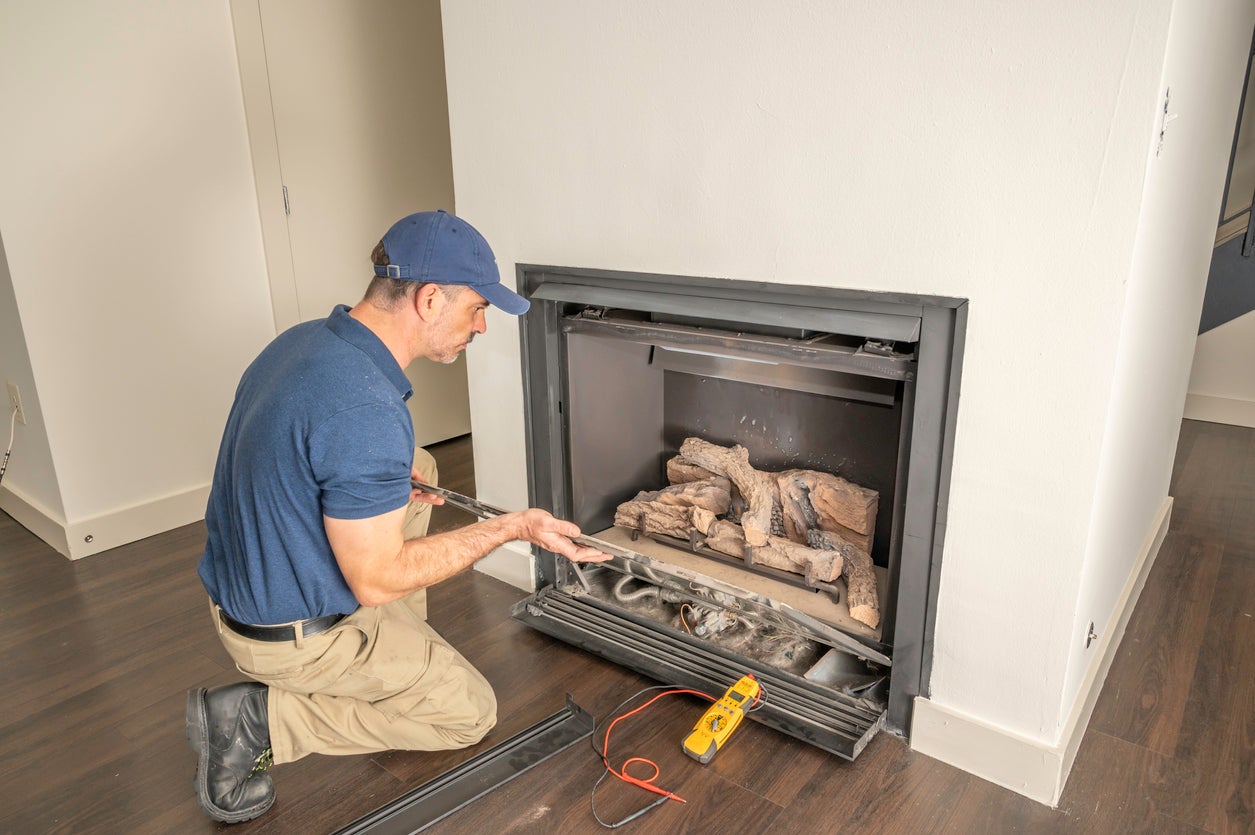
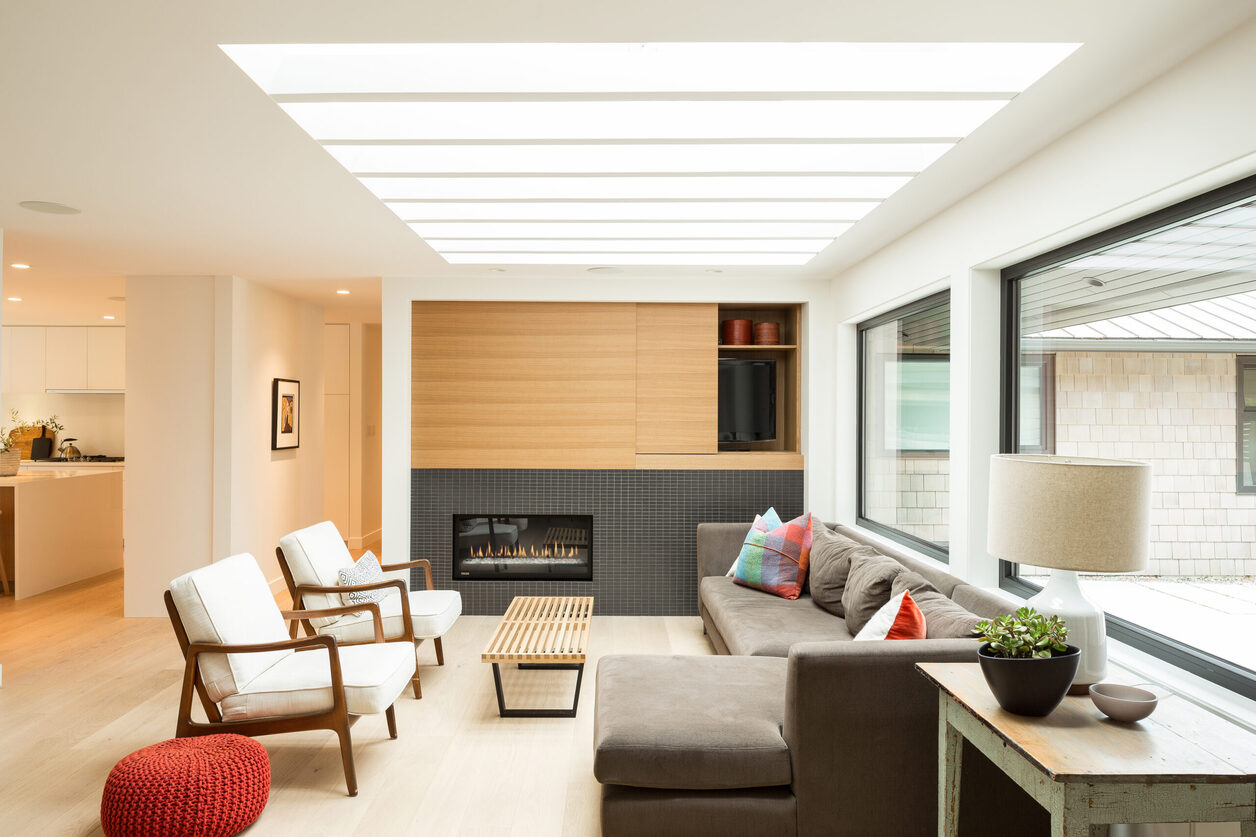
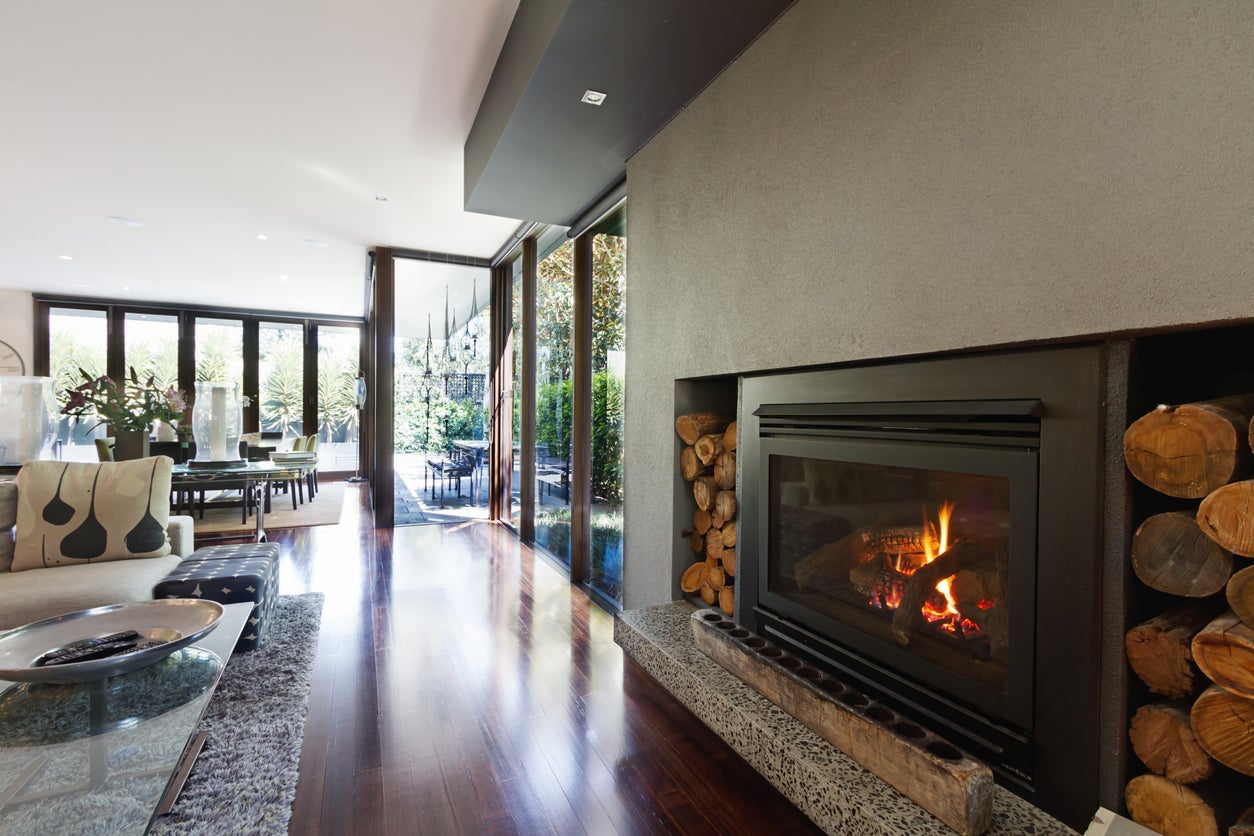
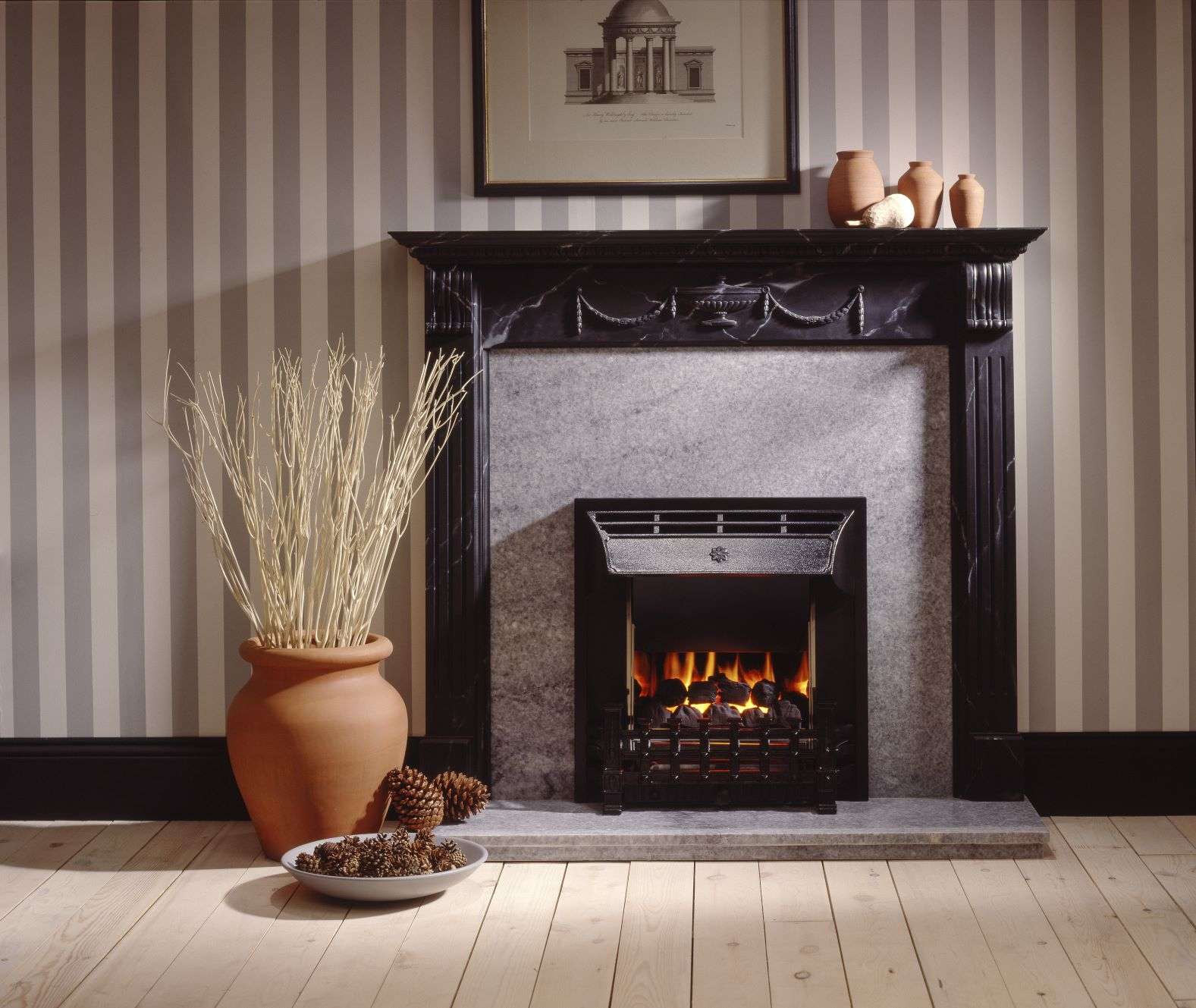
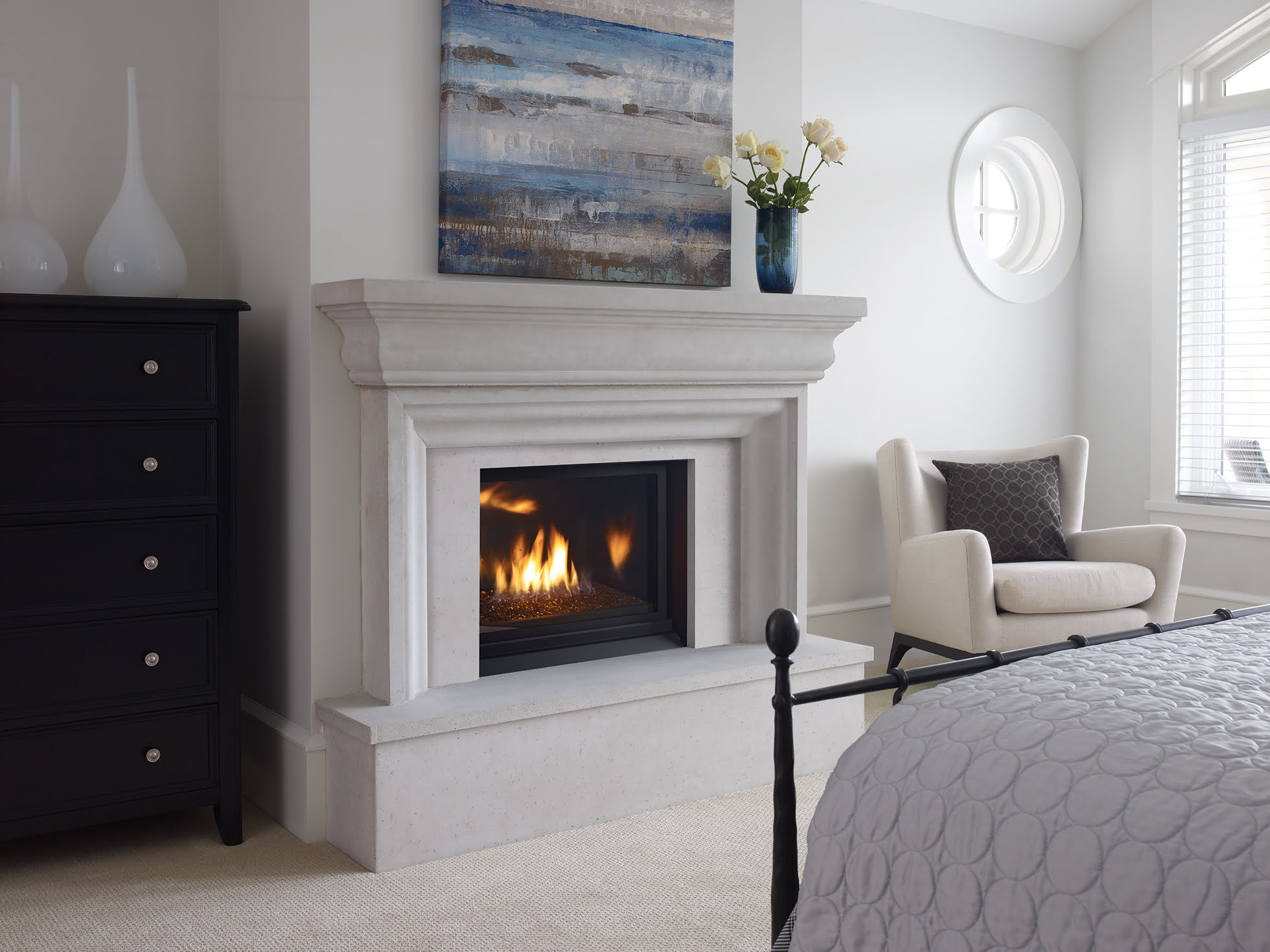
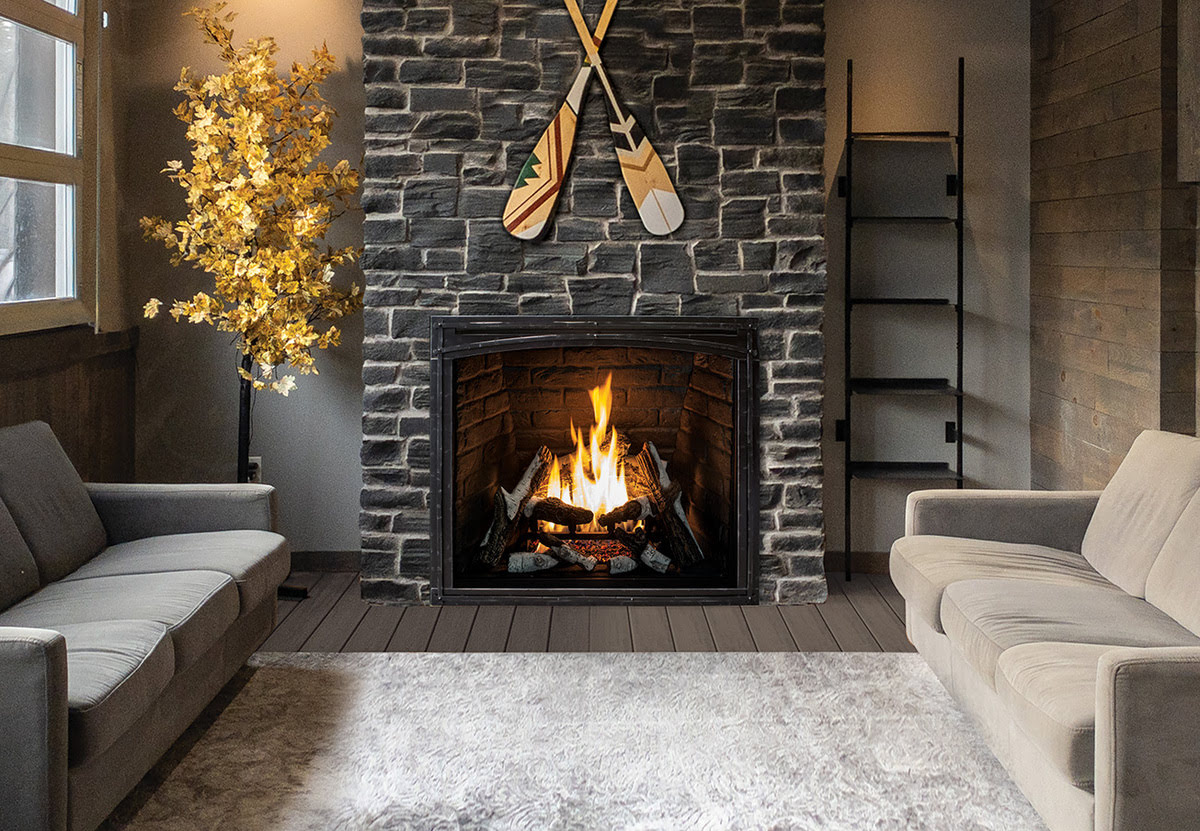

0 thoughts on “How Does A Gas Fireplace Work”